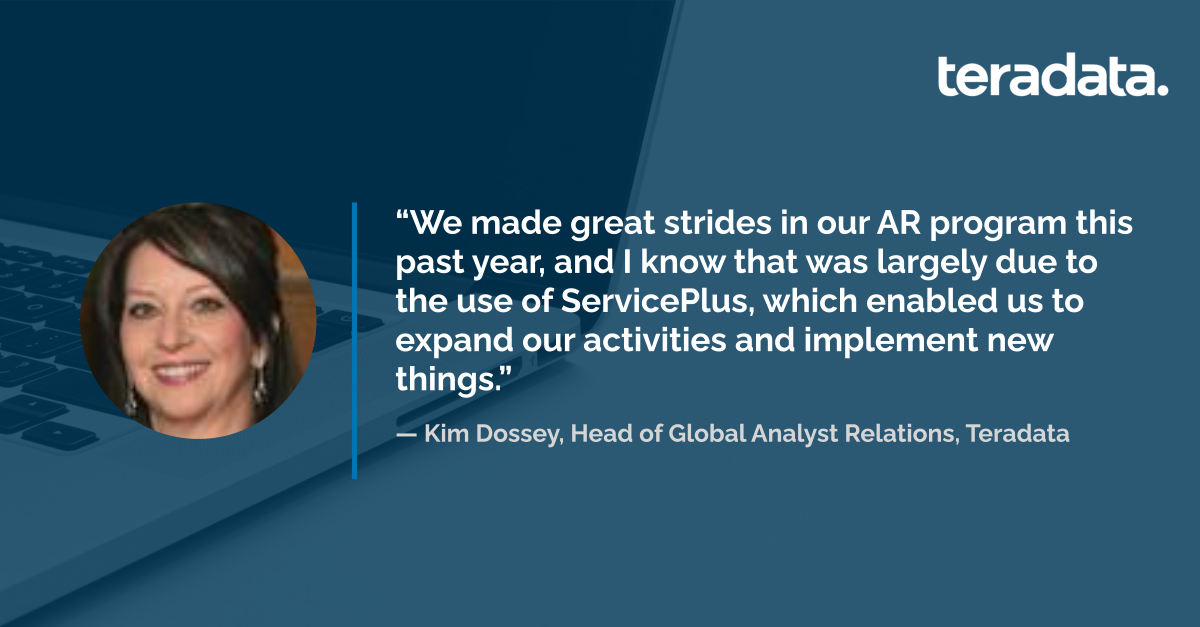Background
Palo Alto Networks, the global cybersecurity leader, is shaping the cloud-centric future with technology that is transforming the way people and organizations operate. Its mission is to be the cybersecurity partner of choice, protecting a digital way of life. Palo Alto Networks helps address the world’s greatest security challenges with continuous innovation that seizes the latest breakthroughs in artificial intelligence, analytics, automation and orchestration. By delivering an integrated platform and empowering a growing ecosystem of partners, it is at the forefront of protecting tens of thousands of organizations across clouds, networks and mobile devices. Its vision is a world where each day is safer and more secure than the one before.
The company’s security solutions span more than a dozen unique markets — from network firewalls, to endpoint detection and response, to cloud security, and more. As a result of this solution breadth, the company’s analyst relations (AR) team seeks to keep hundreds of relevant industry analysts informed, so the analysts are well-versed in — and can speak to and write about — the company and its differentiators.
Challenge
As with many companies, showing value using metrics is a key activity at Palo Alto Networks. Across the company’s product lines and business units, and also at the C-suite level, leaders want to know: Are we increasing mindshare with analysts? How can we tell if we’re moving the needle, especially in a market that doesn’t have a Magic Quadrant (MQ) yet?
The AR team found itself inundated with requests for data to be turned around quickly to support quarterly business reviews (QBRs), board presentations and other ad hoc needs. Of course, endlessly chasing down metrics eats into the time of actually achieving them. The AR team needed a better, more efficient way.
“We felt a bit like Gumby, pulled in many different directions and stretched thin,” said Jenna Duston, Director of Analyst Relations, Palo Alto Networks. “We needed to find a way to regularly, quickly and — most importantly — consistently report on analyst results and traction across the business units.”
In doing so, Jenna’s team faced multiple tasks:
- The need to measure mindshare in a consistent way across divisions. Palo Alto Networks’ product lines span categories — from large, well-established ones (with MQs, Waves, etc.) to more nascent and emerging spaces (without stack-ranking reports). Of course, for business units in categories with major annual or bi-annual evaluations, inclusion and positioning are key metrics. But Palo Alto Networks also sought a method for assessing analyst mindshare more frequently and consistently across its divisions — regardless of category maturity level.
- The need to report on metrics in a way that both met the needs of the C-suite (with a high-level, at-a-glance look at whether goals are being met in multiple areas) and individual business unit leaders (with more granular data, reflecting the “why” and “how” behind results).
Solution
Coordinating with the business units and executive leadership, the Palo Alto Networks AR team decided to regularly measure and report on analyst share of voice (SOV). That is, in each category, when looking at total analyst coverage over a given period of time, how much are analysts publishing and talking about Palo Alto Networks, relative to its competitors?
Palo Alto Networks turned to ARInsights for help with SOV measurement strategy and execution.
“We’d worked with ARInsights and had been using its ARchitect software — primarily to identify analysts and track interactions,” Jenna said. “I’d regarded ARInsights as the best pivot table ever. I was excited to learn we could do more with them, using ARchitect to automate share of voice reporting.”
To get SOV tracking up and running for six of its strategic business units, the Palo Alto Networks AR team:
- Met internally with product marketing heads across the company, to determine and refine each business unit’s unique keywords (terms that encapsulate the market) and primary competitors.
- Engaged with ARInsights’ services team for advice and validation — holding weekly and as-needed check-in calls on strategy and logistics.
- Learned how to quickly generate SOV reports in ARchitect. ARchitect makes it easy for users to create SOV reports in just a few clicks, pulling in data from ARchitect Premium Content, which tracks mentions in analyst research reports, blogs, media articles and Tweets. ARchitect SOV reports provide a visual look at how coverage of a salient market topic (keyword) is split among a company and its competitors.
“Now, I — and any member of my team — can easily run a new report or tweak an existing one,” Jenna said. “This is really helpful and expedient, especially when Sunday night requests come in!”
But one-off and late-notice requests like this are dwindling. Executives know where they can access share of voice tracking and other metrics — on a dashboard that the AR team makes centrally available and updates quarterly.
The first screen of Palo Alto Networks’ metrics dashboard provides a high-level look at whether business units have met SOV and other AR goals. The appendices satisfy business leaders’ desires to dig into the details — with ARchitect also surfacing, for example, the reports, articles, etc. included in the SOV results.
Results
Being able to easily measure and report on SOV — incorporating the metric within a company AR dashboard — has benefitted Palo Alto Networks. The company has:
- Increased investment in AR, with Palo Alto Networks funding three new AR positions only three months after SOV measurements and the AR dashboard launched.
- Had greater visibility for the AR team and increased understanding, across the board, of factors that drive AR success.
- Driven healthy competition, internally, as business unit leaders compare their own goals and business performance against internal peers. SOV results are included in all quarterly business reviews and help fuel a desire to succeed.
- Reduced one-off requests for AR reports, with business leaders often able to engage “self-service” with the central dashboard.
- Found new analysts to connect with. The SOV reports signal prolific writers in a given market — sometimes influencers who Palo Alto Networks wasn’t briefing previously. The AR team uses the reports to identify and evaluate these new potential analyst targets.
- Provided more data to competitive intelligence teams, showing how Palo Alto Networks is performing relative to other vendors.
- Refined AR outreach and strategies, based on the data surfaced.
“We take the information from the dashboard and share of voice reporting to make our AR program even stronger,” Jenna said. “If we’re exceeding metrics in an area, we know strategies are working. It’s equally important, though, to see what areas need work, so we can take steps to improve performance. Having access to all this data at our fingertips empowers us to enhance our AR program and results.”




